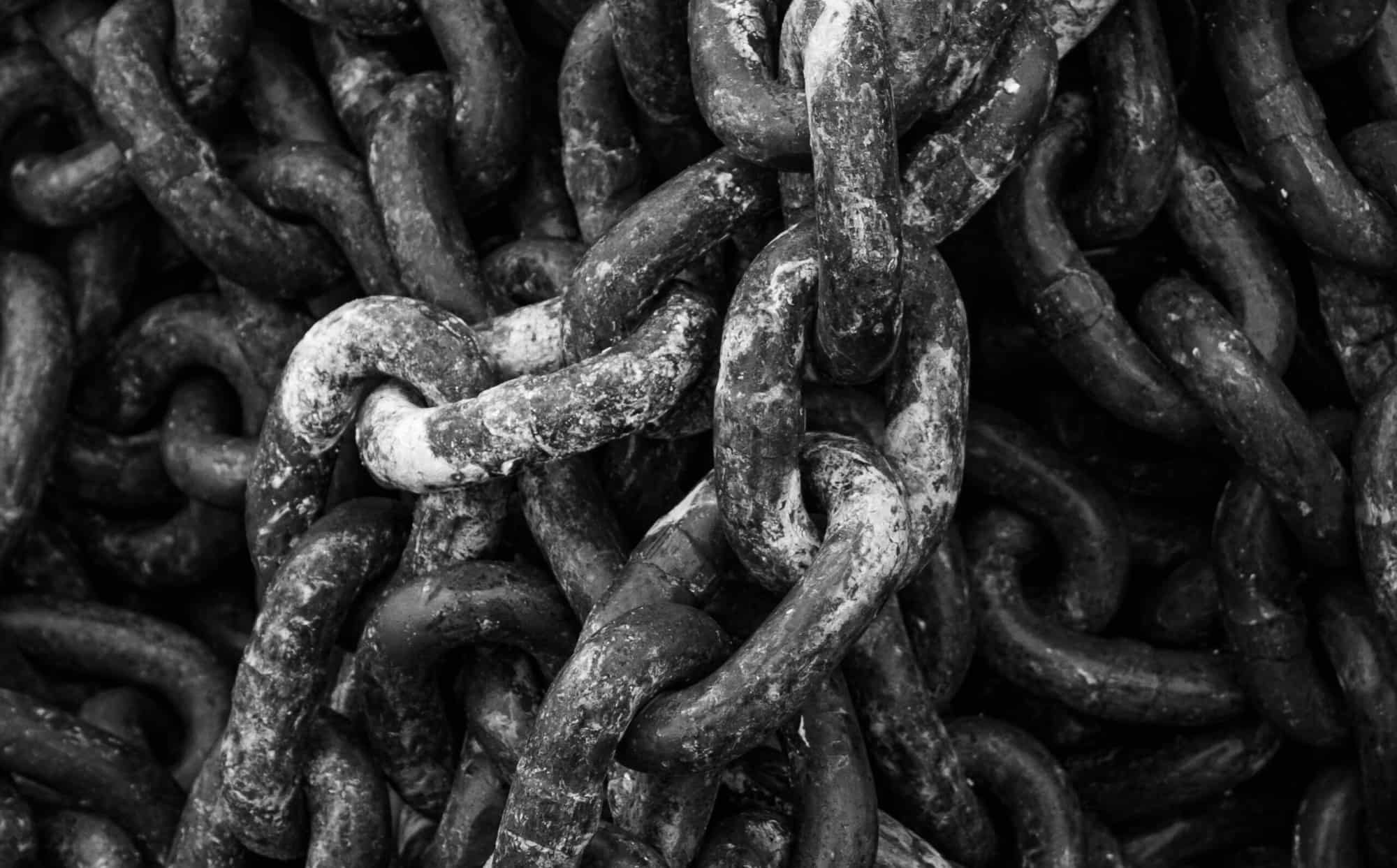A freezing order (also called a Mareva Order) is a court order to prevent removal of an asset. It is an interim order before, during or after a court proceeding, where tampering with the assets in question could prevent the enforcement of a court’s judgement. Freezing orders prevent someone from removing, disposing of, dealing with, or diminishing the value of any assets.
Purpose of Freezing Orders
The law governing the use of freezing orders is in both state and federal civil procedure legislation. However, the rules are the same across all Australian jurisdictions. Their purpose is to prevent frustrating or inhibiting the Court’s process by ensuring judgments can be completed. If a freezing order is granted, and a judgement requires action against the assets, the respondent can complete the action. If however they remove, dispose of, deal with, or diminish the value of the assets prior to judgement, where no freezing order exists, they might not be able to fully complete the action.
For example, a plaintiff could seek an action in a court proceeding for a respondent to surrender an asset to them, but is suspicious that the respondent is planning to sell the asset to someone else. A court may grant a freezing order to prevent the sale or removal of the asset before a concluded judgement. This makes sure that a court judgement is not useless if the respondent is unable to comply because they sold the asset. Freezing orders are usually urgent, and you should seek legal advice if you think you may need one.
Ancillary Orders
The Court may make an ancillary order in relation to a freezing order or prospective freezing order. Ancillary orders can be made for either, or both, of the following reasons:
- to elicit information relating to assets relevant to the freezing order or prospective freezing order;
- to determine whether the freezing order should be made.
How to Obtain a Freezing Order
A freezing order should only be requested as an extraordinary interim remedy because it restricts the right to deal with assets before judgment. Freezing orders can also be sought against third parties who have possession, custody, control or ownership of the asset in question. The affidavits relied on to support an application for a freezing or ancillary order should address the following:
- the nature and value of the respondent’s assets
- the minimum requirements referred to in the legislation;
- the names of third parties who the order could affect; and
- information obtained about the judgment in a proceeding on the asset. If there is no judgment yet, the cause of action is includes:
- the basis of the claim;
- the amount of the claim; and
- knowledge of any possible defence.
To apply for a freezing order, or see if you need one, we recommend seeking legal advice from a civil litigation lawyer.
Unsure where to start? Contact a LawPath consultant on 1800 529 728 to learn more about customising legal documents and obtaining a fixed-fee quote from Australia’s largest legal marketplace.





